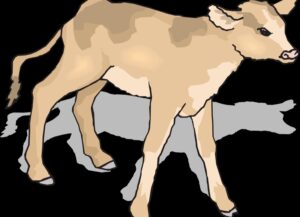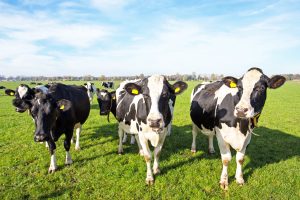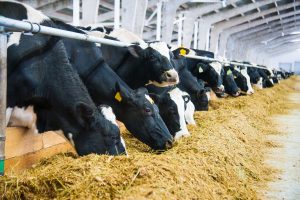Nuria García
Dairy farms nowadays handle large volumes of data generated by different systems, which creates opportunities to implement group rationing programs to improve the nutritional accuracy of diets. By doing this, production can be increased, nutrient losses such as nitrogen reduced, the risk of metabolic diseases limited, and increase the overall returns.
Multiple grouping simulation analyses have shown productive and economic benefits when cows in lactation are grouped according to their nutritional requirements. However, there is currently no application available to systematically implement grouping.
A study conducted in Wisconsin (USA) and published in the Journal of Dairy Science (Barrientos-Blanco et al., 2020) developed a model that allows this nutritional management to be systematized on commercial dairies so that a continuous weekly system can be established that assigns cows to a more adequate pen and diet.
The study was conducted on a commercial dairy farm with about 2,400 cows. In this farm cows in lactation were usually regrouped weekly into 14 pens according to parity (primiparous or multiparous) and stage of lactation (fresh, early, peak and end of the lactation). In total they were customarily offered 9 diets, and the cows’ nutritional requirements not taken into consideration when grouping them by pen. Cows were assigned to groups by the farmer according to a report with a list of cows, pen numbers, stage of lactation, and parity.
The simulation followed the same basic farm criterion with all 14 pens used to simulate the grouping strategy. Parity and stage of lactation were still main basic criteria, but now in addition, and using the study model, the nutritional requirements (NEL— and metabolizable protein; MP) and milk production were also used as criteria for each pen. The diets for all groups, both the farm’s original grouping and the new grouping including the reformulation simulation, were formulated using a commercial software based on estimated MP and NEL requirements. The same ingredients were used in both models and the prices of the diets were also the same.
Grouping cows
When the expected requirements of MP, NEL and milk production were used as grouping criteria in addition to parity and stage of lactation, different milk production groups with different nutritional requirements were created. For the multiparous cows in peak lactation for example there was one pen with the lowest milk production, another with the average, and a third with the highest, matching the accordingly low, medium, and high requirements of MP and ENL.
On the other hand, the nutritional model managed to maintain a fixed number of cows per corral over time avoiding the risk with a very high or very low number of animals.
Nutritional grouping allowed for formulation of optimum diets
The simulation model achieved a tighter diet thanks to a better allocation of nutrients to the pens. For example, while in the traditional grouping the primiparous cows in peak lactation received the same diet, in the nutritional grouping model each of three pens had its own diet.
Thus, the nutritional model allowed to calculate the optimal nutritional requirements for each group and formulate the diets accordingly.
Environmental and economic benefits of the rationing model
Unsurprisingly, with the nutritional grouping model, groups of cows with medium and low nutritional requirements received a diet with less nitrogen, while cows with higher nutritional requirements had diets that supplied the expected higher nitrogen required compared to the traditional grouping model.
With regards to nitrogen losses, the nutritional grouping model predicted the expected nitrogen losses to be lower thanks to the nutritional adjustment. This hypothesis was confirmed in the study as this model reduced the expected nitrogen intake by 15.1 g/cow per day compared to the traditional grouping, which undoubtedly benefits the environment.
As for the economic returns, the hypothesis was that the more precise nutritional management would reduce the total cost of the diet. While in some groups this cost was increased due to the higher protein requirements, in general the potential average cost of diets in the pens of the nutritional grouping model was $31 less per cow/year compared to the traditional grouping.
As the objective of the strategy is to systematize the management of the nutritional grouping model, the benefits to the producer would also be significant. One obvious one is that the manager would have to spend less time organizing groups of cows and would also make fewer mistakes when grouping them, and the groups would be more homogeneous in terms of their nutritional requirements.
Conclusions
The nutritional grouping model:
- Reducedthe time required to allocate cows to pens as well as the risk of
- It provided a better allocation of cows according to their expected nutritional requirements.
- Made diets more accurate.
- Provided potential economic benefits by saving on feed costs.
In summary, the results of the study indicated that the nutritional grouping simulation model facilitates the implementation of a group rationing strategy and improves feeding accuracy.
Reference
Jorge A. Barrientos-Blanco, Heather White, Randy D. Shaver, Victor E. Cabrera. Improving nutritional accuracy and economics through a multiple ration-grouping strategy. Journal of Dairy Science. Volume 103, issue 4, p3774-3785, april 2020.
© 2021 Dairy Knowledge Center. All Rights Reserved.









